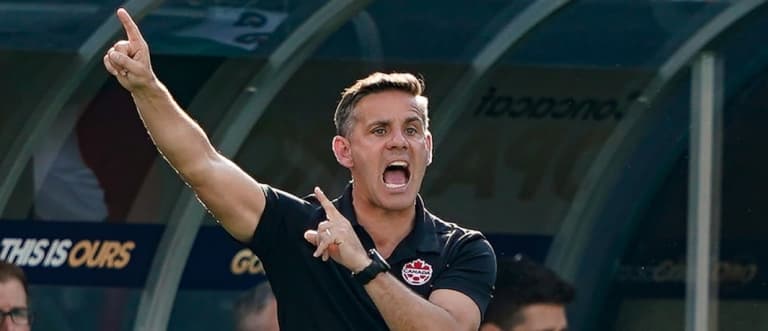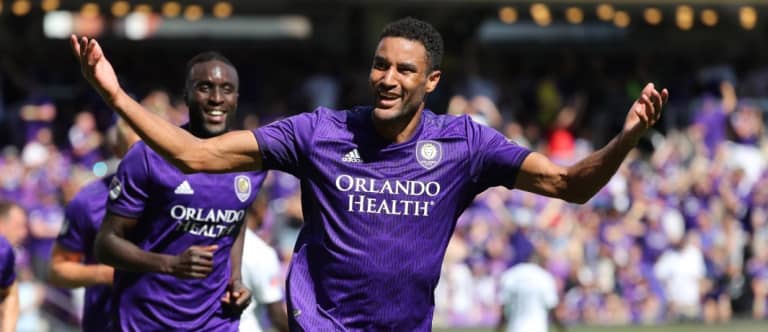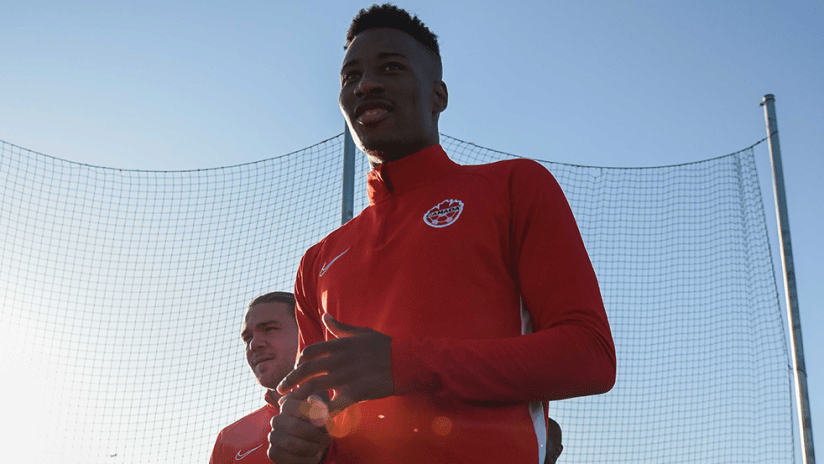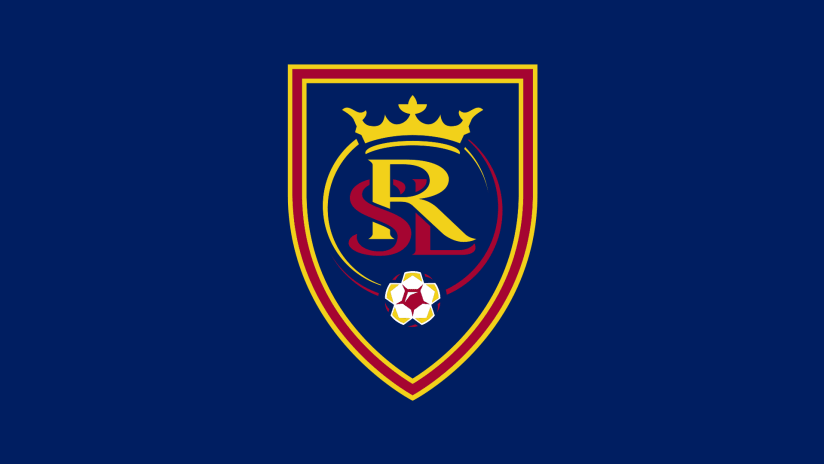There’s a pretty good chance we’ve just entered what will go down as the greatest decade in the history of the Canadian men’s national team.
Granted, that’s a pretty low bar to clear. But with a spot in the 2026 FIFA World Cup already seemingly sewn up (thanks to their role as co-host) and a berth in Qatar 2022 looking likelier than anyone could have reasonably foreseen, it’s incumbent upon John Herdman’s side to use 2020 as a jumping-off point for the years to come.
What’ll that mean over the next 12 months? Let’s take a look.
No. 1 goal

John Herdman | USA Today Sports Images
Canada’s top priority this year is, obviously, securing a spot in the Hexagonal round of World Cup qualifying, something they haven’t done since 1997. But thanks to Concacaf’s new qualification format, that’ll be determined without a single World Cup qualifying match being played.
In the past, teams fought it out to decide who reached the Hex, the final qualifying round in which three of six teams directly qualify for the World Cup. This time, the Hex’s participants will be decided based upon the June FIFA rankings, leaving the rest of the region to slog it out for a faint half-shot at qualification.
Canada was the seventh-ranked Concacaf team in the most recent FIFA rankings, and must close the gap on sixth-ranked El Salvador by June — but their chances to do so are limited. They’ll play a friendly against Iceland on Jan. 15, then have just two international match windows remaining (late March and early June) to try and schedule more friendlies and rack up more FIFA points.
A secondary goal for the program would be maximizing the current depth of its under-23 player pool and trying to make some noise at the Tokyo Olympics in the summer. Canada haven’t been to the Olympics in men’s soccer since Los Angeles 1984 (two years before their only appearance at the World Cup), but will be part of the qualification tournament in Mexico from March 20 to April 1.
Balancing the needs of the senior national team and the Olympic squad will be Canada Soccer’s toughest task in the early part of 2020. But Herdman knows better than anyone how much the women’s national team’s magical run at London 2012 endeared them to the Canadian public, and what a similar performance in Tokyo could potentially do for the men’s side.
Key players
Since things generally come in threes, we should expect to see another young, attack-minded Canadian whose last name begins with “Davi” emerge as a star in 2020. For now, though, fans of Les Rouges will be more than happy to see just how far Alphonso Davies and Jonathan David can continue pushing things for both club and country.
Recent Vancouver Whitecaps signing Lucas Cavallini, coming off his finest year for Canada, will be another crucial piece of the revitalized attack, while captain Scott Arfield will bring some extra motivation as he enters what may be the final quadrennial cycle for the national team.
At the back, Canada’s fortunes will rest heavily (as usual) on the steadiness of goalkeeper Milan Borjan. The 32-year-old played every minute of Canada’s nine matches in 2019, and shows no signs of relinquishing his top spot any time soon.
In front of him, the key to shoring up the defense will be Doneil Henry. Already a decade into his pro career, the 26-year-old center back enters his prime years aiming to silence the critics and stake a claim as one of Canada’s leaders.
Who can step up?

Tasho Akindele | USA Today Sports Images
Considered Canadian saviors a few short years ago, Tesho Akindele and Cyle Larin have been largely out of Herdman’s recent plans, but have shown solid enough club form to remain on the national-team radar. A slip by the likes of David or Cavallini could give them another shot in the spotlight.
Speaking of erstwhile saviors, much was made of Stephen Eustaquio’s decision to commit to Canada last year, though injury limited him to just one national-team appearance. One of 2020’s more fascinating storylines will be how the 23-year-old, currently on loan in Portugal’s top flight, fits into a midfield already boasting the likes of Arfield, Jonathan Osorio and Junior Hoilett.
On the Olympic qualifying front, another intriguing storyline will be which U-23 players get the call, particularly since the likes of Davies, David and Derek Cornelius will presumably be occupied with the senior team. It could be a breakthrough opportunity for Toronto FC’s Liam Fraser, or young standouts from the inaugural Canadian Premier League season such as Tristan Borges, Terran Campbell and Easton Ongaro.
Expectations
Despite the program’s sunny long-term outlook, the blunt reality is that Canada aren’t expected to reach the Hex or the Olympics this year. Why would they? Two trademarks of the program thus far this century have been falling short of the Hex and entering youth tournaments with expectations that turn out to be overblown.
The dawning of a new decade (“well actually, the decade begins in 2021,” said a fun party guest) doesn’t change anything about the team’s history or reputation. And while they reserve the right to be pleasantly surprised this year, Canadian fans would be well served to place 2020 within the bigger-picture context of the run-up to 2026, regardless of the on-field results.
That’s not to discard this year before it’s truly begun. The team could very well squeak into the Hex or the Olympics, or both. But it’s not an unexpected appearance at the 2020 Olympics or an even more unexpected appearance at the 2022 World Cup that will define this decade for Canada.
Put simply, this year will be considered a success for the Canadian program if it can continue laying groundwork and learning important lessons so that, come 2026, the co-hosts aren’t simply on board as overmatched also-rans, but as a team worthy of attention and respect.













